Serving Hawaii for 32 Years!
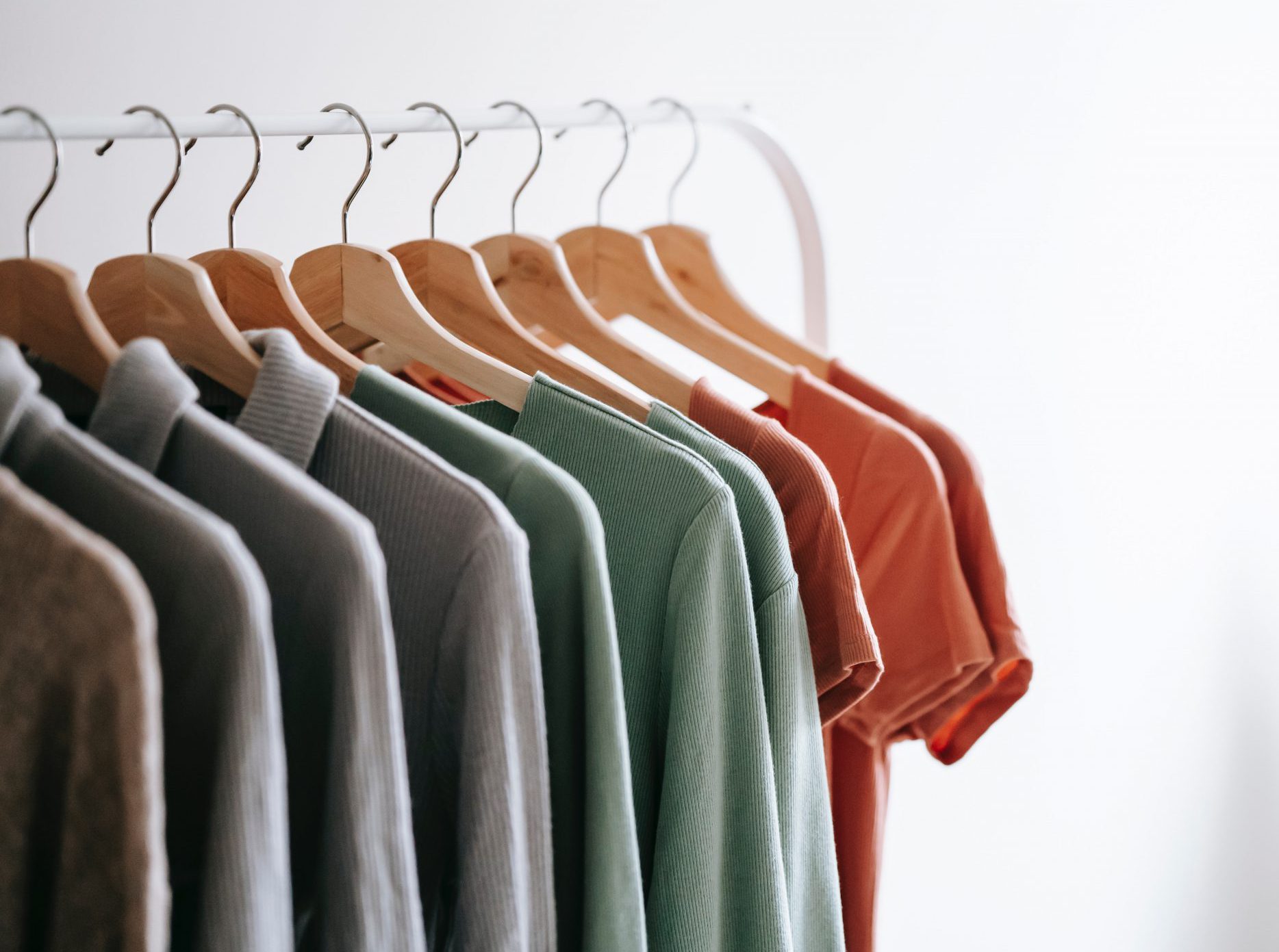
Dry Cleaning
We offer a wide range of dry cleaning services to meet all of your garment care needs. Our professional dry cleaning service can handle all types of garments, including suits, dresses, and delicate fabrics like silk and wool. Our team uses non-toxic solvents and cleaning agents that are gentle on your clothes, leaving your garments looking and feeling like new. You can also rest assured knowing that the solvents we use are eco-friendly and do not harm our precious environment.

Experts In Stain Removal
For those really soiled and stained garments, we offer stain removal services to remove stains like oil, grease, and wine. Our specialists are trained to identify and treat even the toughest stains, ensuring that your clothes look their best when we return them to you. If you’re not satisfied with the result, let us know, and we will do our best to make it right; just be sure to identify any known stains when you drop off your items.

More Than Garments
We also clean and process household items, including, but not limited to comforters, bed sheets, curtains and drapes, hats, and many more items. If you are looking to refresh your home decor, give us a call or bring your goods to one of our stores. If you have an item that you did not see listed, don’t worry! Give us a call or bring your item and we can guide you through our process.
At Dry Clean Express, we understand that your time is valuable. That’s why we offer convenient next-day dry cleaning services and free pickup and delivery options to give you more time to spend with the people you love. Give us a call today at 808-832-3232 for any inquiries or visit the locations tab to find a location nearest you!
Recommended Dry Clean Garments

Suits
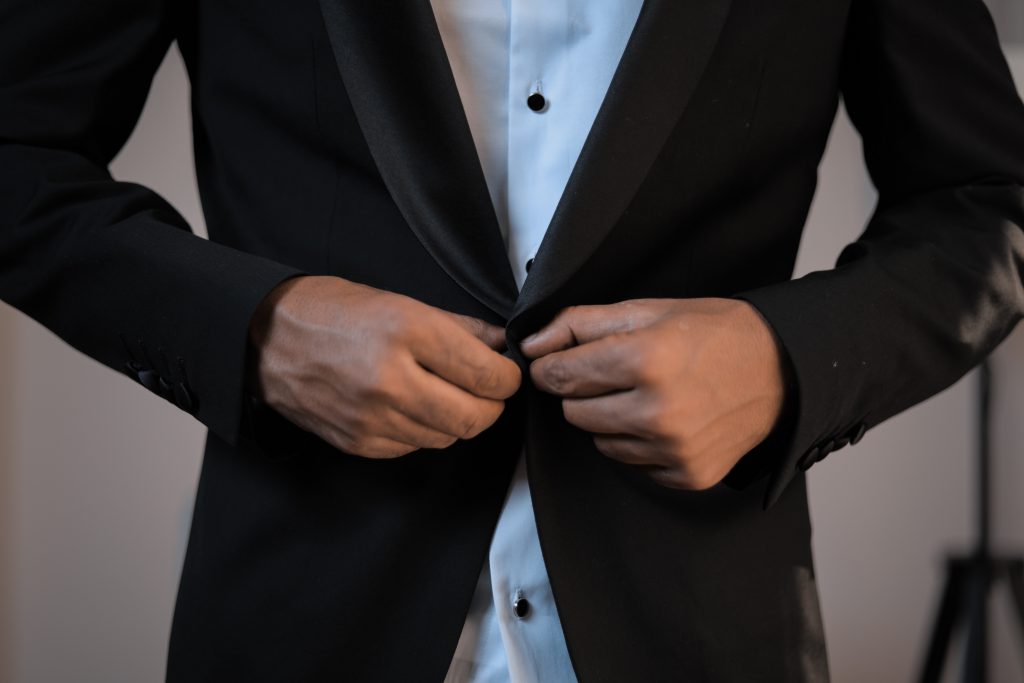
Tuxedos

Shirts

Slacks / Pants
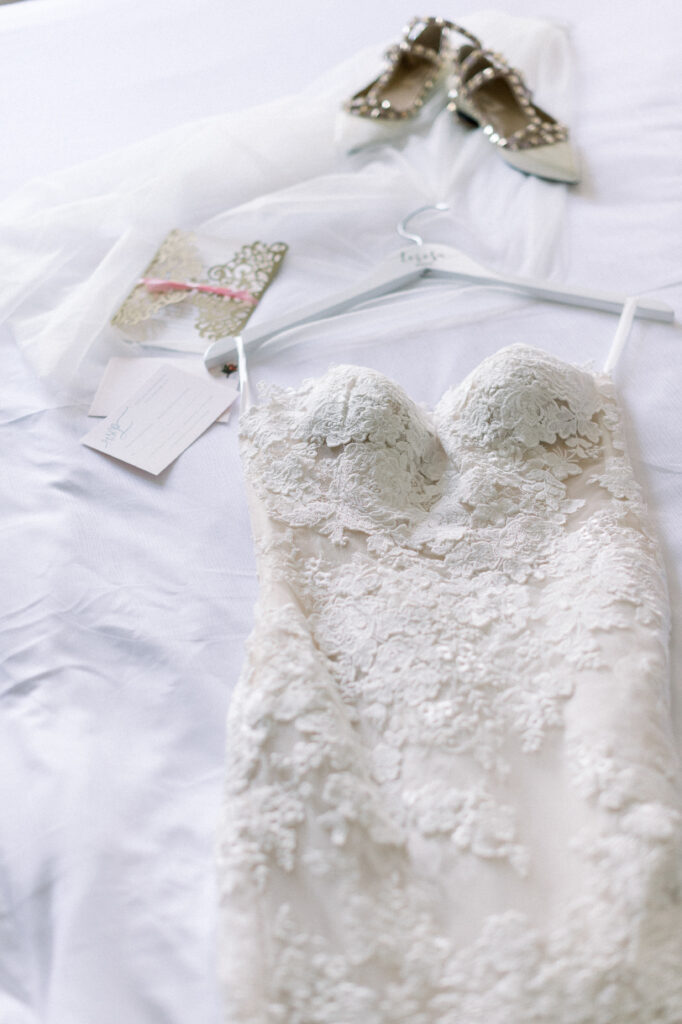
Gowns
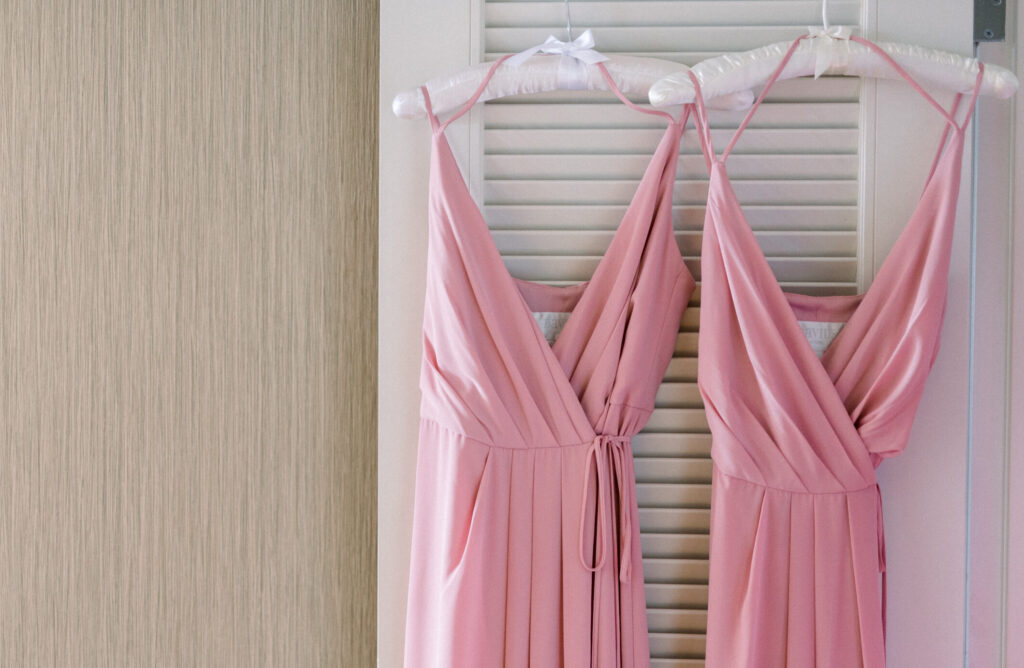
Dresses
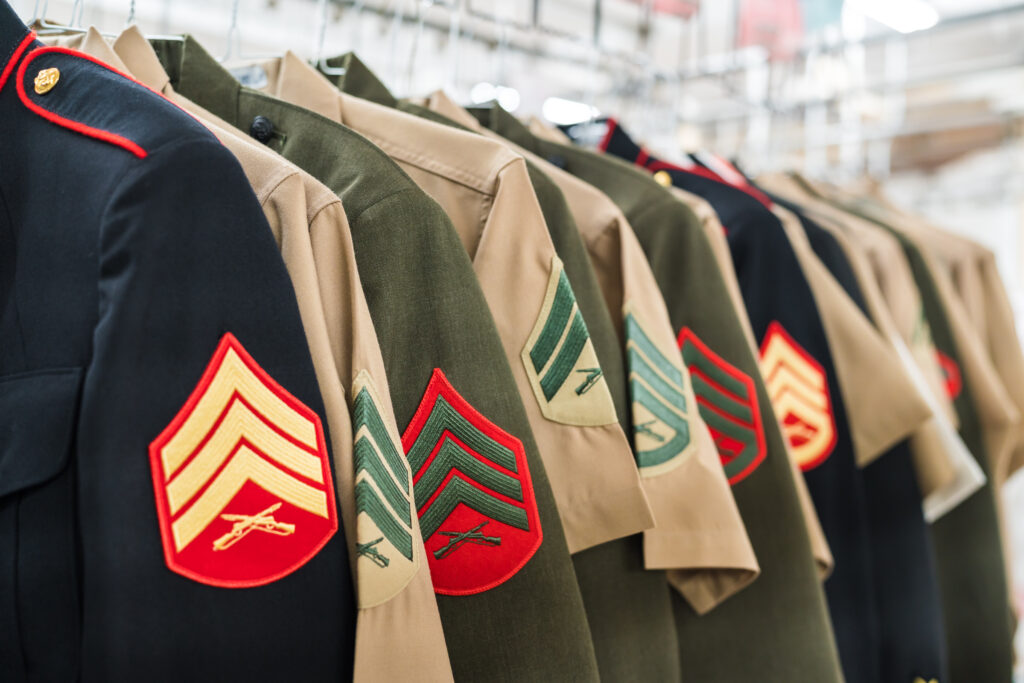
Military Uniforms
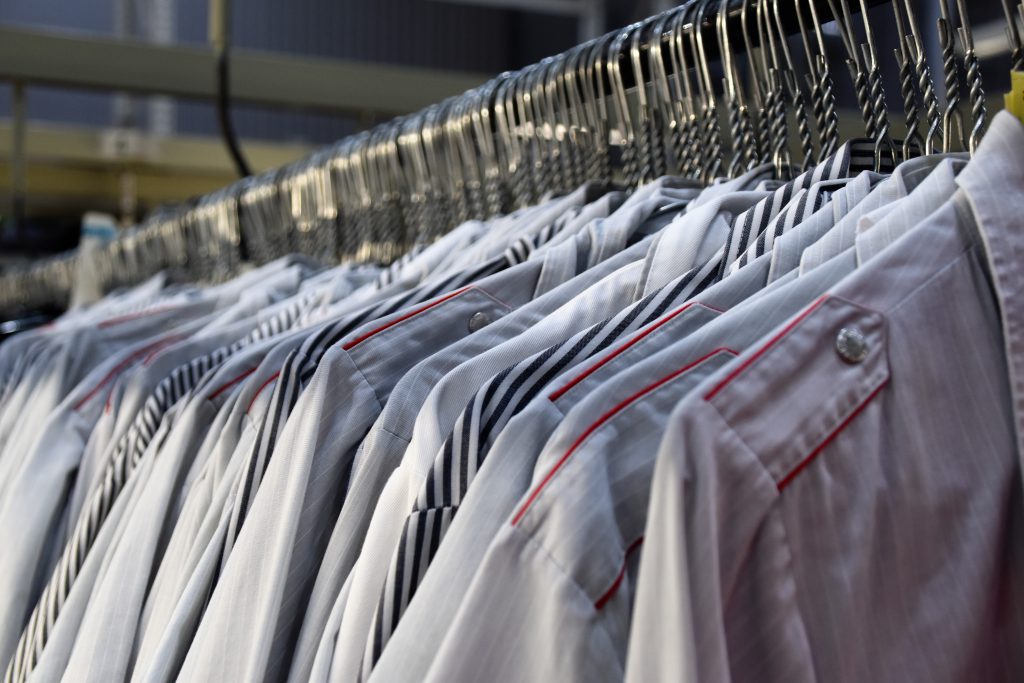
Job Uniforms

Sweaters
Dry Cleaning FAQs
-
How do I know if my clothes need to be dry cleaned?
Most garments will contain instructions on their tags stating whether or not they need to be dry cleaned. You can also look for symbols on the tags for an indication: a circle is the symbol for dry cleaning and a circle with an x through it means do not dry clean. If you are still unsure, bring it in to DRY CLEAN EXPRESS and we will help you determine.
-
Why do spots sometimes show up after dry cleaning that weren’t visible before?
One of the dry cleaners worst enemies is the “invisible stains” like spray from a grapefruit or apple, hair spray or perfume. It is normally these stains that a consumer sees on their freshly cleaned garment and exclaims “That wasn’t there when I gave it to you”. What has happened is that these types of stains are not visible until the heat associated with the drying cycle or pressing makes the stains visible. Dry cleaning in and of itself will not remove these and depending on the material some can be removed after showing up with only the most expert of technicians. Some may never be removed. If you know of any such invisible stains, please point them out so that we may pre-spot the stain before dry cleaning.
-
To dry clean or launder – What does the care label mean?
Federal laws require that all clothing manufacturers provide proper cleaning instructions attached by a care label. These labels are supposed to provide information about the fabric from which the garment is made and special care instructions on how to clean it. The professionals at DRY CLEAN EXPRESS can easily determine the proper care and methods for all garments … whether old or new. An example of this might be a beaded sweater labeled “Dry Clean Exclusive of Ornamentation”. To follow the label would require removing all the beadwork prior to cleaning and reattaching beadwork after cleaning. This would be an expensive process. However the professionals at DRY CLEAN EXPRESS may provide a better solution such as wet cleaning.
-
What causes buttons to break on laundered shirts?
Many buttons today are constructed of materials that cannot handle the heat involved in professional shirt pressing. Buttons do break – we strive to find each and every one before it is returned to you.
-
What should I do if I spill something on my clothes?
If you spill a liquid on your garments take a deep breath. Before you apply water or club soda, think again. Do not put these fluids on the stain! Please don’t rub the spot either, simply blot the spill with a clean, light colored cloth or paper towel. Avoid colored napkins, as the dye used to color the cloth/paper can easily be transferred to your garment. Once you are able to change your clothing, bring it to us as soon as possible. The quicker we treat the stain, the more likely we are to be able to remove it.
-
The care label on a sweater indicates it is hand washable. Can I wash it in a machine on a delicate cycle?
There is some risk involved in using any care process not recommended by the manufacturer. Hand washing involves manual removal of soils with water, detergent, and a gentle squeezing action. A care label that calls for machine washing, in a delicate or gentle cycle, indicates the soil can be removed with water, detergent or soap, slow agitation, and reduced time in a washing machine.
-
Should I use hairspray to remove a ballpoint ink stain?
Hairspray and water can remove ballpoint ink, but you may be trading one problem for another. That’s because hairspray could contain alcohol and oils such as resins and lanolin. The alcohol in the hairspray can cause color damage especially on silk; likewise, oils and other ingredients could lead to additional stains.
-
How do you remove deodorant and antiperspirant residue?
Many people do not realize that prolonged contact with deodorants and antiperspirants may cause permanent damage. Combined with the effects of perspiration, the damage can be extensive. The most frequent damage is caused by overuse of these products, or infrequent cleanings. This leads to the buildup of a stiff, caked-up residue or to fabric damage.
-
How should I clean my rayon garments?
First we must remember that rayon is a manufactured fiber composed of regenerated cellulose derived from wood pulp or cotton linters. It is absorbent and comfortable to wear. There are different forms of the fiber know as rayon, viscose, cuprammonium, high-wet modulus and lyocel sold as Tencel TM.
-
Does frequent dry cleaning shorten the life of a garment?
On the contrary, frequent cleaning prolongs the life of a garment. Not only do stains set with age, making the garment unwearable, but ground-in dirt and soil act as an abrasive, like sandpaper, causing rapid wear of fibers. Also, insects are attracted to soiled clothes and will cause further damage.
-
How can I stop dark clothes from fading when I wash them?
You may be able to extend the look of the blacks and brightly colored garments by the following:
Use Woolite® Dark Laundry fabric wash, which is made to minimize fading of dark colors. If only mildly dirty, wash in small washer load, or wash separately on delicate, or hand wash. Turn the garments inside out to wash. This reduces the amount of abrasion the clothes experience during washing. Use mild detergent and avoid using too much detergent. Harsh detergents are hard on dyes. Do not leave in the dryer too long. Take out when still slightly damp. The heat in the dryer ages fabrics. Dyes are also affected by sunlight, and from abrasive wear.
-
How can I remove burnt starch residue from an iron?
Try heating equal parts of vinegar and salt in a small pan. Rub the solution on a cool iron, and wipe dry.
-
Is there any way to determine how much a garment will shrink?
Any fabric can be expected to shrink about 1 to 3 percent, even dry clean only garments. Manufactured fibers will shrink the least, and natural fibers the most. The shrinkage of natural fibers is often controlled during the manufacturing process, by washing and preshrinking the fabric before it is made into a garment.
-
What can be done to minimize pilling?
Pilling of a fabric occurs when groups of short or broken fibers on the surface of the fabric become tangled together in a tiny ball called a pill. Pilling results from rubbing (abrasion) of the fabric during normal wear and use. While pilling cannot be eliminated it can be minimized by proper handling during washing of the fabric/garment. Before laundering, turn the garment inside and out. Use a slower agitation and a shorter wash cycle. And, remove the garment from the dryer as soon as it is dry.
-
Are fabric softeners always OK to use?
Take a walk through a display of high tech apparel and you’ll find a number of care labels that say “no fabric softeners.” Many high performance fabrics and finishes, including micro fibers, allow the fabric to breathe and transport moisture away from the skin to the outer surface of the fabric, where it can evaporate. This keeps the wearer dry and comfortable. The “fatty” material in a fabric softener attaches directly to the fabric and makes the fabric feel softer. However, fabric softeners can buildup over time, and can reduce the ability of the fabric to manage moisture and breathe.
-
Why do some designers and manufacturers use blended fibers?
Blending of fibers is done to enhance the performance and improve the aesthetic qualities of fabric. Fibers are selected and blended in certain proportions so the fabric will retain the best characteristics of each fiber. Blending can be done with natural and man-made fibers, but is usually done with various combinations of man-made fibers or man-made and natural fibers. For example, when polyester is blended with wool, the fabric retains the beautiful drape and feel of 100% wool, and the polyester adds durability. In some blends the polyester even makes the fabric machine washable.
-
What are enzyme cleaners?
Blending of fibers is done to enhance the performance and improve the aesthetic qualities of fabric. Fibers are selected and blended in certain proportions so the fabric will retain the best characteristics of each fiber. Blending can be done with natural and man-made fibers, but is usually done with various combinations of man-made fibers or man-made and natural fibers. For example, when polyester is blended with wool, the fabric retains the beautiful drape and feel of 100% wool, and the polyester adds durability. In some blends the polyester even makes the fabric machine washable.
-
How can I keep my whites white and the bright colors bright?
There are several reasons why clothes loose their brightness. Common reasons include the use of too much/too little detergent, use of too large of washer loads, inadequate rinsing, and using the wrong water temperature. Read the detergent package for the correct amount of detergent for your type of washer.